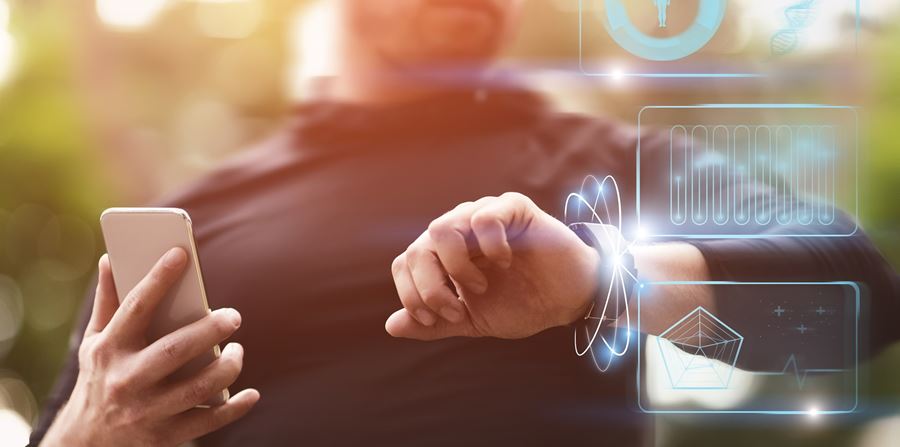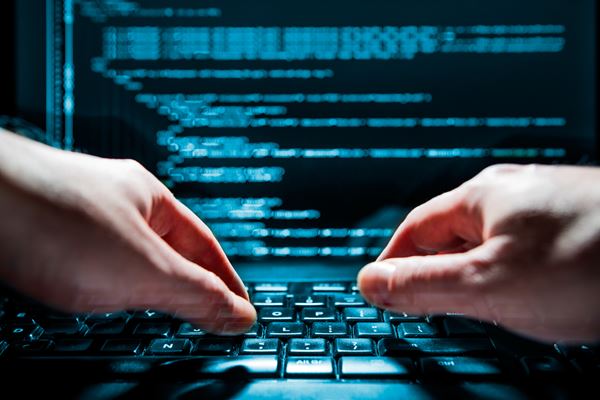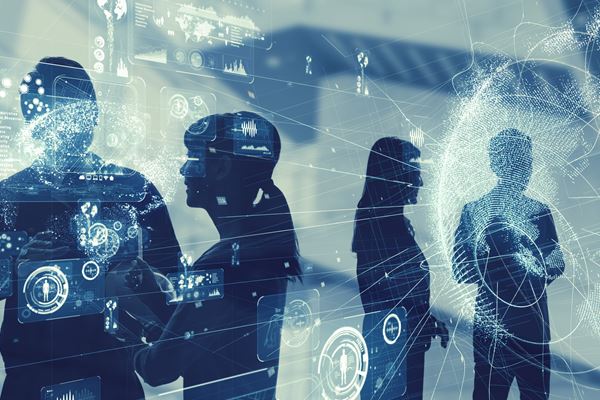Fitness Trackers, IoT Devices, and the Forensic Evidence They Create

It's February, which means you might have already quit on your new year’s resolution to eat healthier, drink less, and exercise more. Fortunately, fitness trackers and wearables have been shown to both help people with compliance and increase overall physical activity. According to a study by John Hopkins Medicine, if you consistently use a fitness tracker, such as a pedometer or other wearable device, or a smartphone app, you can increase your steps per day by more than a mile.1
Rise of IoT and Fitness Wearables
Wearable technology has been on the rise and one of the most popular forms of wearable technology is fitness bands, watches, and trackers, which record and report on a user’s activity, location, and biometric data.
By the end of 2020, there were an estimated 368.2 million wearable devices shipped and is expected to grow to more than 500 million by 2024. Most fitness bands and watches have the same functions and provide the same notifications and alerts. Apple held the largest share of the global shipment in the first quarter of 2020, followed by Samsung and other brands.
One trend to watch is the emergence of services to complement these gadgets. Apple's Fitness+, Amazon's Halo, and Fitbit's Premium connect users with health and fitness content. Several other companies are showing enterprise customers how to keep their employees active or help them keep away from each other and look for signs of illness. The demand for fitness wearables will increase as a result of these services.2
Fitness Trackers Explained
Fitness and activity trackers are electronic wearable devices that monitor health-related metrics, such as walking or running, heart rate, blood oxygen levels, calorie consumption, and sleep quality. Fitness and activity trackers mostly come in the form of wristbands, although they can also appear as clip-on devices, earbuds, or clothing made of smart fabric. Besides being a standalone device, it can also exist in the form of a fitness app as software, often installed on smartphones utilizing the device’s built-in components to keep track of certain activities.
These gadgets can be worn by individuals throughout the day and night to keep track of various body parameters. These devices continuously sense the movements of the body on a 3-axis accelerometer. The data is recorded at all times that it is worn and powered up, which enables the tracker to trace if the individual is walking, running, climbing, or standing still. Heart rate, heart rate variability, sleep time and quality, fitness progression, elevation, temperature, and location can be tracked by the fitness tracker with the help of various sensors on the device and the inclusion of Global Positioning System (GPS) technology.
This personal information can be used for many forms of analytics to determine content viewing times, routes of travel, markers of healthiness and disease, and if your claims of physical or travel activity match reality. The aforementioned information stored in fitness wearables is just the beginning of a long trail of evidence that fitness wearables can store, which represents a huge opportunity for digital forensic examiners.
Forensic Evidence from IoT and Fitness Devices
Sensors in your activity tracker are continuously collecting and transmitting your biometric and location data. However, the data is usually not stored on the device itself long term, it is sent to a device with the processing power and storage capacity to handle the information that has been collected by the device. This would be considered the data repository. This is a benefit to digital forensic examiners because these repositories are usually devices that have long been examined for evidence like computers, cell phones, and online accounts.
Keeping that in mind, there are unique preservation collection and preservation issues related to IoT forensic data. Given the rapidity with which the IoT and fitness wearables are developing, prescriptive instruction on acquiring the data in this article would potentially be stale by the time you read this. Collecting the information sometimes must be done through cutting-edge or nontraditional methods within the digital forensic community. In these instances, it is paramount that the data collection be done in a way that complies with the best evidence and acceptable industry standards for digital forensics when dealing with novel forms of evidence.
Using the Forensic Evidence
The evidence generated by wearable fitness devices has been critical in numerous cases our examiners have worked on. Remember, anything that requires electricity and stores data can be a source of evidence. When it comes to fitness devices, think watches and bands, but that is only the tip of the iceberg.
Trucking Accident, Personal Injury, and a Smart Crank Shaft
In this case, the plaintiff argued that a truck pulled in front of a cyclist, causing them to hit the side of the truck at high speed, and resulting in serious injury. The cyclist had a number of high-tech gadgets including a fitness watch and a smart crankshaft connected to the bike, which measured the wattage output, or pedalling power, of the cyclist. According to these smart devices, the cyclist never slows down. The intersection was clear with no other vehicles or visual obstructions. No brakes and full-out pedalling supported the defence theory that the cyclist saw the intersection was clear, put their head down to get aerodynamic, pedalled vigorously, and never looked up.
Apple Watch, Kidnapping, and Insurance Fraud
Envista’s digital forensics examiner was tasked with analyzing the fitness watch and smartphone of an executive who, while on a business trip overseas, claimed he was kidnapped and his company card was stolen and used to make tens of thousands of dollars in illicit purchases. However, his fitness watch shows him moving miles over the period he was supposedly kidnapped and the recovery of deleted messages from the cell phone, created with the help of Google translate, revealed the executive expressing their infatuation to a woman they had met and recounted much of the fun they had on the company dime.
Fitness Watch Alibi in a Criminal Case
The person of interest claimed that they were at home, exercising on a treadmill when the incident occurred, and they had the Garmin smartwatch entry on their cell phone to prove it. By inspecting the phone, Envista’s digital forensics examiner was able to determine that the entry, an alleged run on a treadmill, was made after the fact, as it did not contain any biometric or location data. This, coupled with location data collected from Call Detail Records, proved that the person of interest was in fact on the scene and attempted to provide falsified evidence.
Evidence is Everywhere
The cell phone changed how we work and live in profound ways. People are no longer bound to a computer and desk to access the internet or create and consume content. Having that phone in your pocket means that it could be used to monitor and assist you 24/7. Wearable technology represents another revolution, as these devices are documenting our whereabouts and health metrics as long as they are on our body, or as is already happening in the medical field and will be available to consumers in the future, implanted inside your body.
For insurance professionals, this potentiates more wearable devices and sensors being used to inform coverage and payment decisions. Wearable consumer devices and sensors will also have a meaningful impact in litigation as they become increasingly important evidence sources. These gadgets will be first-hand witnesses of traffic accidents, medical events, health status, and historic location of individuals. The opportunities for innovation are endless.
Our experts are ready to help.



